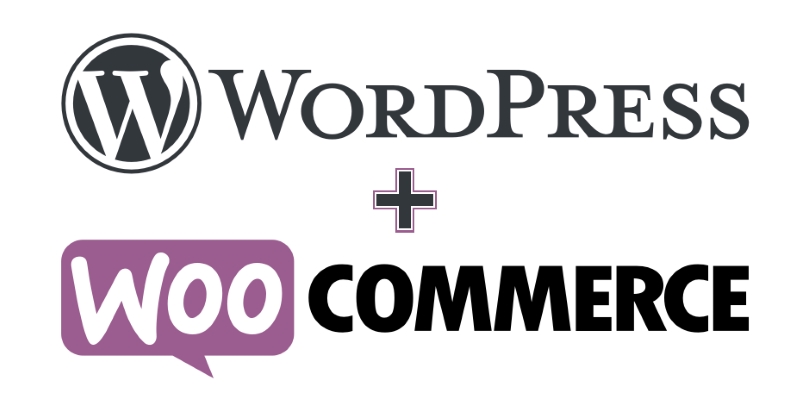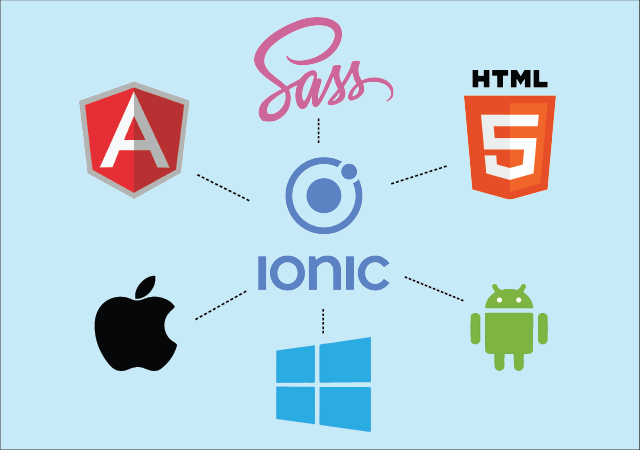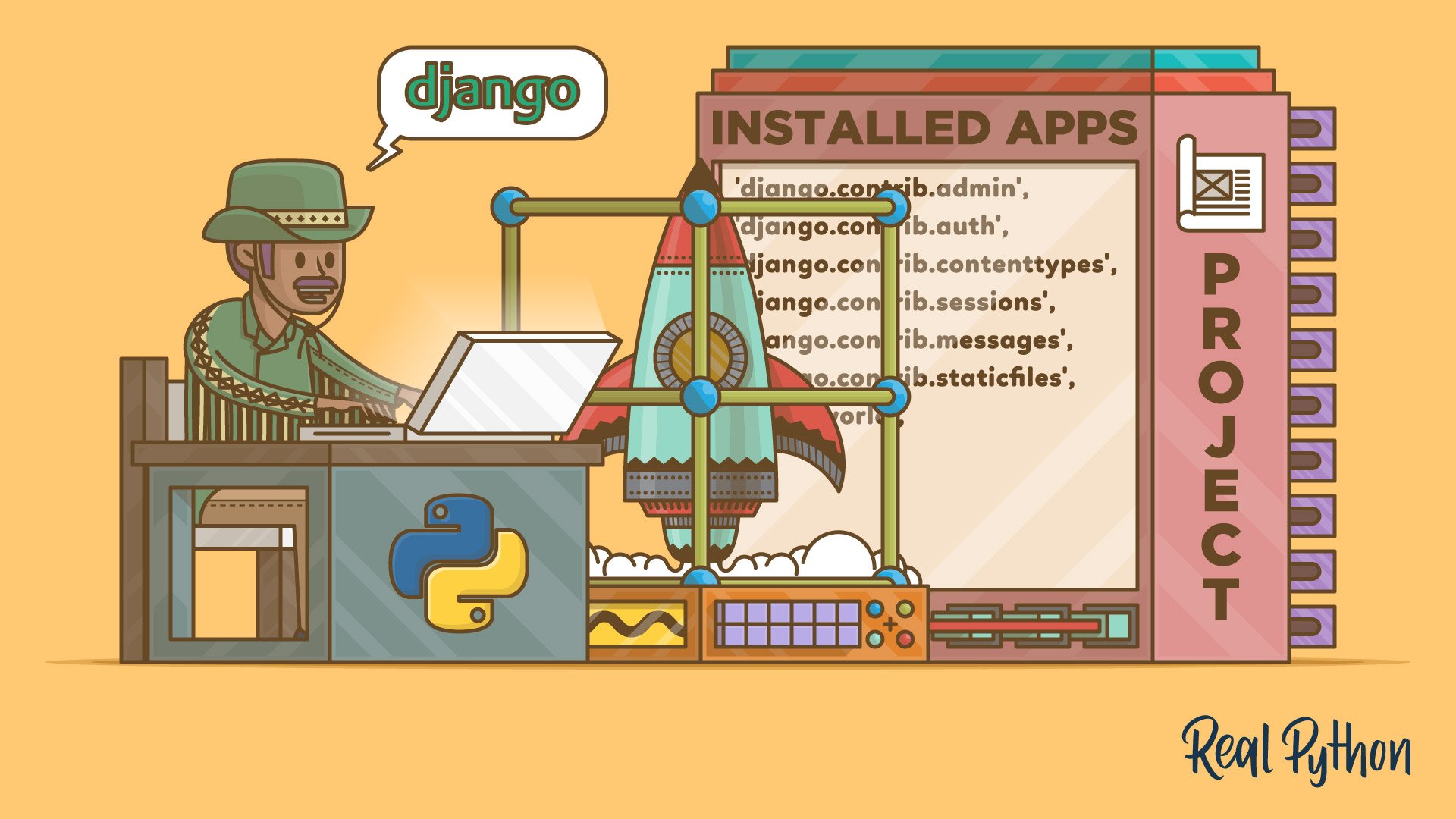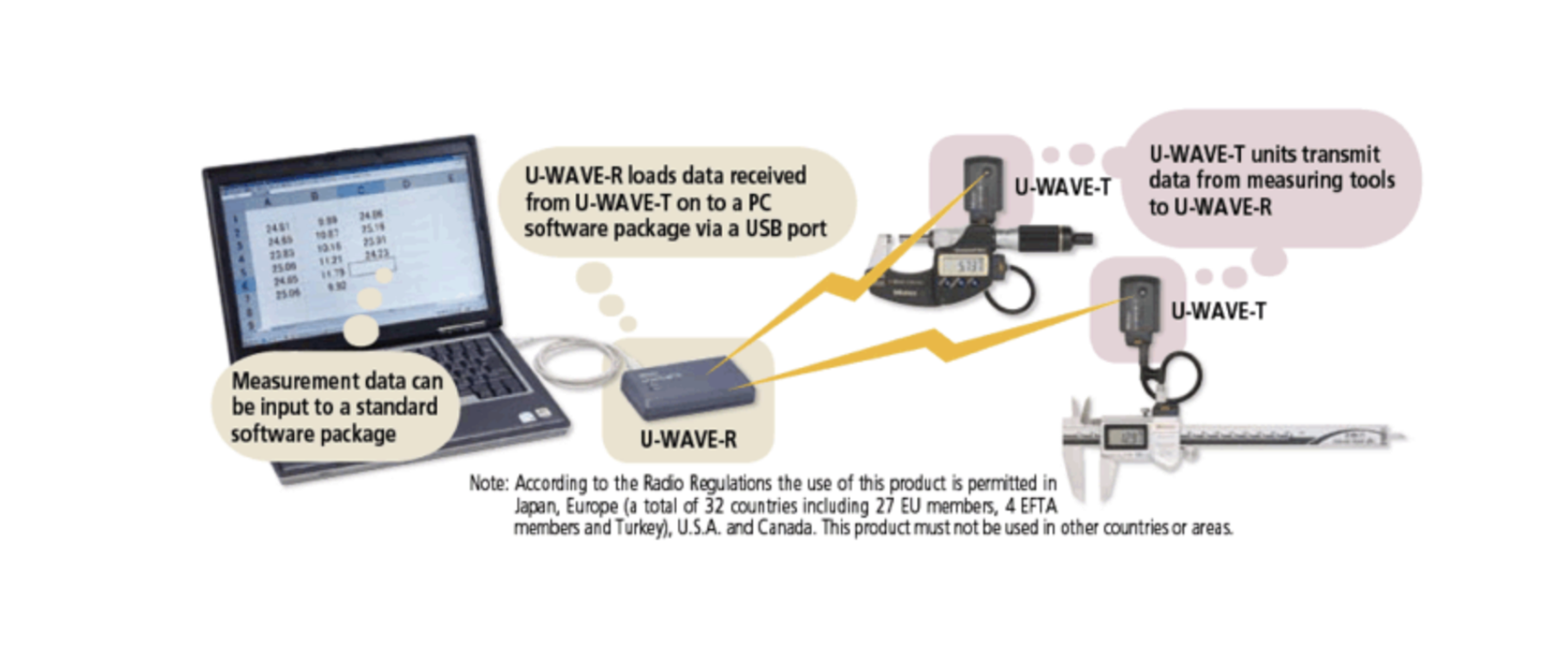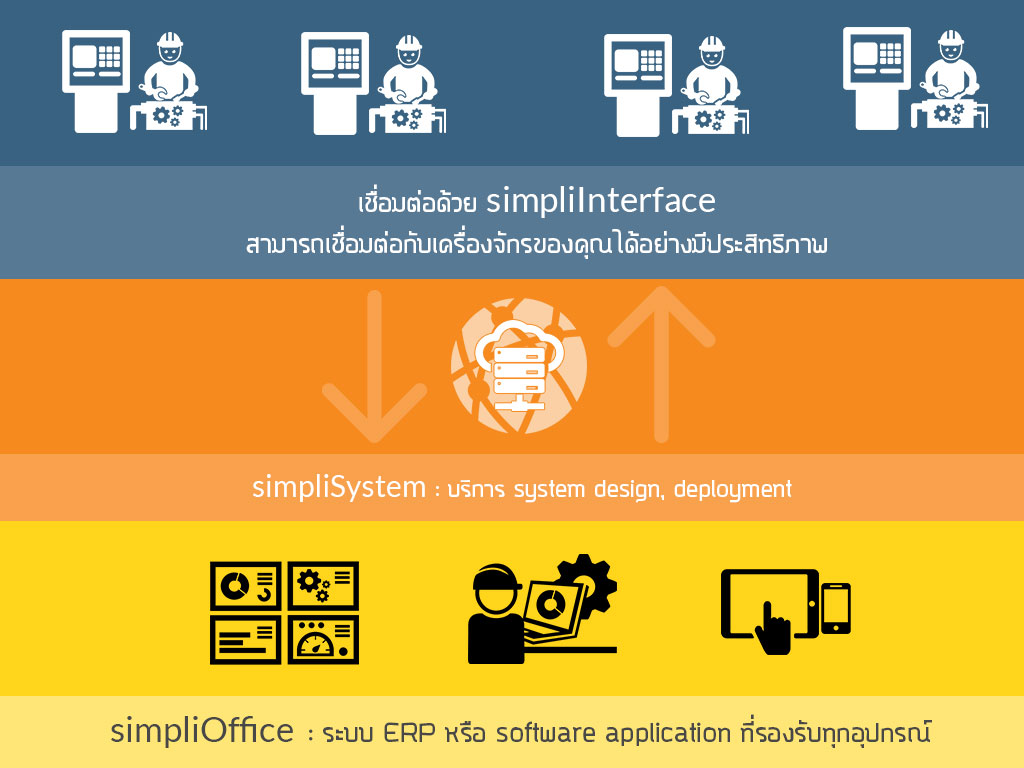Transform Your Operations with Autonomous Agentic AI
Drive Efficiency, Reduce Costs, and Scale Smarter
Agentic AI—powered by Python, LangChain, and Ollama—goes beyond simple chatbots. It automates complex workflows by planning, reasoning, and acting independently. Here’s how it empowers your operations:
🎯 Strategic Benefits for Your Business
- Automated Order Handling
Seamlessly track orders, recommend products, and resolve shipping issues without manual intervention. - Smarter Inventory & Production Forecasting
The AI analyzes stock levels, predicts demand, and flags production bottlenecks. - Proactive Issue Management
Detect factory faults or maintenance needs in real time, and log them automatically. - Admin-Free Scalability
Once set up, the system memorizes past conversations and logs, enabling continuous improvement—without hands-on oversight.
📦 How It Works
Built on a modular tech stack:
- Python + LangChain — Orchestrates agent decisions, memory, and tool selection
- Ollama — Runs large language models (e.g. LLaMA3/Mistral) locally for speed and privacy (simplico.net, research.aimultiple.com, arxiv.org)
- Custom Tools — Interface directly with your e-commerce platform, order system, production database, or maintenance logs (simplico.net)
Workflow example:
A customer asks, “When will my order ship?” → AI checks the order system → replies with ETA → logs request for follow-up—automatically and accurately.
📈 What You Stand to Gain
| Impact Area | Business Outcome |
|---|---|
| Customer Experience | Faster, more responsive service 24/7 |
| Operational Efficiency | Fewer manual interventions, less staff time |
| Scalability & Privacy | Runs on-premises, respecting data controls |
| Agile Decision-Making | Real-time data insights, no delays |
🛠 Why It Works Technically
- LangChain agents manage plans, recall past interactions, and call APIs intelligently (webkul.com, arxiv.org, theblue.ai)
- Ollama, a local runtime, ensures fast, private processing—no dependency on third-party cloud APIs (simplico.net)
- Custom integrations connect AI to your systems (inventory, orders, factory systems), letting the agent act across domains
✅ Recommended Actions
1.Pilot: Automate one routine workflow—like order tracking or production alerts.
2.Scale: Add more capabilities—like customer chat, inventory management, or restocking triggers.
3.Optimize: Analyze logs over time to refine the agent’s logic and performance.
🚀 Ready to Empower Your Business?
We can help you:
- Deploy a pilot using your existing systems—quickly and easily
- Customize workflows specific to your processes and KPIs
- Train your team to oversee and expand autonomous agents
Get in Touch with us
Related Posts
- Vertical AI Use Cases Every Local Government Actually Needs
- 多部门政府数字服务交付的设计(中国版)
- Designing Digital Service Delivery for Multi-Department Governments
- 数字政务服务在上线后失败的七个主要原因
- The Top 7 Reasons Digital Government Services Fail After Launch
- 面向市级与区级政府的数字化系统参考架构
- Reference Architecture for Provincial / Municipal Digital Systems
- 实用型 GovTech 架构:ERP、GIS、政务服务平台与数据中台
- A Practical GovTech Architecture: ERP, GIS, Citizen Portal, and Data Platform
- 为什么应急响应系统必须采用 Offline First 设计(来自 ATAK 的启示)
- Why Emergency Systems Must Work Offline First (Lessons from ATAK)
- 为什么地方政府的软件项目会失败 —— 如何在编写代码之前避免失败
- Why Government Software Projects Fail — And How to Prevent It Before Writing Code
- AI 热潮之后:接下来会发生什么(以及这对中国企业意味着什么)
- After the AI Hype: What Always Comes Next (And Why It Matters for Business)
- 为什么没有系统集成,回收行业的 AI 项目往往会失败
- Why AI in Recycling Fails Without System Integration
- ISA-95 vs RAMI 4.0:中国制造业应该如何选择(以及为什么两者缺一不可)
- ISA-95 vs RAMI 4.0: Which One Should You Use (And Why Both Matter)
- 为什么低代码正在退潮(以及它正在被什么取代)





